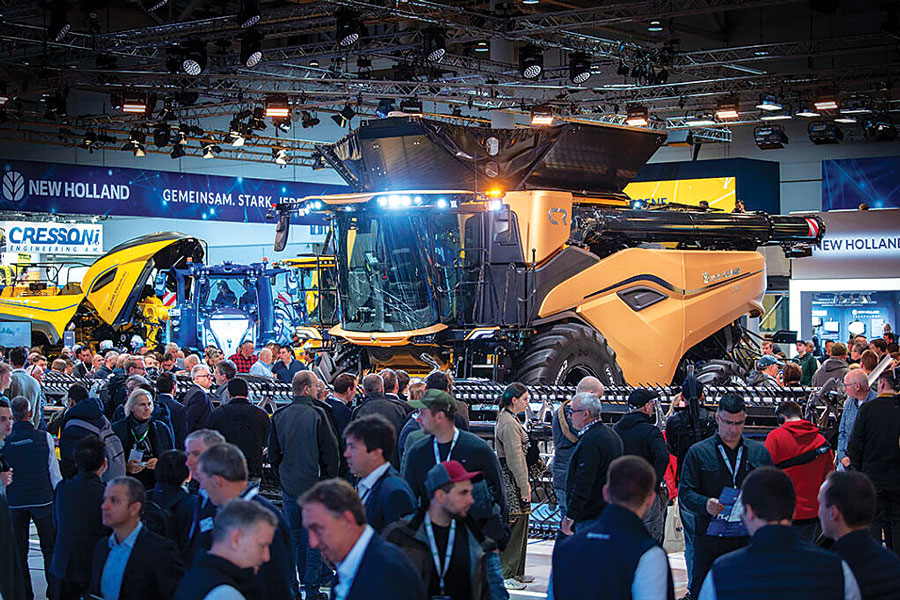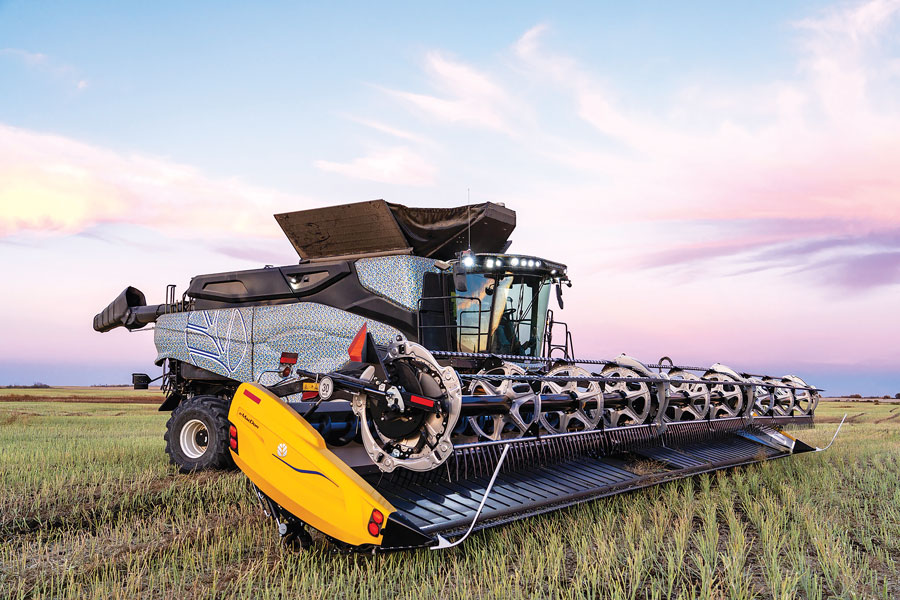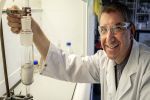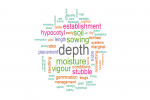Machinery manufacturers displayed innovation in equipment at AGRITECHNICA 2023 to improve crop management efficiency
The switch in focus from autonomous machines to autonomous solutions is becoming increasingly evident and was on display at AGRITECHNICA, the world’s leading agricultural machinery trade fair.
Held every two years at Hanover and covering 40 hectares – the size of a small farm in Germany –AGRITECHNICA is a collection of the latest and greatest tech from around the world.
While much of it is directed at the European Union’s nine million farmers, almost two-thirds of whom farm less than 5ha, there’s plenty to catch the eye of broadacre croppers from the world’s major grain-producing countries.
Dr Jake Humpal, GRDC machine autonomy and intelligent systems manager, and Tom Giles, GRDC senior manager – enabling technologies, attended the 2023 event in Hanover, Germany.
Dr Humpal says there has been a noticeable shift as autonomous machinery has evolved from concept to reality. Early machines were designed without a cabin to perform a single operation autonomously, but he says there has since been a switch from autonomous machines to autonomous solutions.
This includes step changes in automated machine vision and equipment guidance, and digital solutions that bridge the gaps in application programming interfaces (APIs) between different hardware providers.
“There’s much more of a push for that than full autonomy,” he says. “If you want a solution, there’s probably 100 providers over there (at AGRITECHNICA) that can bolt this to your machine.”
Dr Humpal says there is a growing appetite for integrations between original equipment manufacturers and third parties, such as the recent John Deere partnership with Yara to improve variable-rate fertiliser application.
Other interesting possibilities included cheaper, new GPS and satellite technology, and on-farm laboratories for automated soil analysis.
Kondinin Group research manager Ben White also travelled to the event and, for him, autonomy, electrification and spray technology were among the highlights.
AGRITECHNICA by the numbers


An estimated 470,000 visitors from 149 countries gathered at AGRITECHNICA 2023, looking for a sneak peek into the future of agriculture. Photo: Ben White
Improved autonomy
Mr White, who has been to AGRITECHNICA five times with colleagues Josh Giumelli and Mark Saunders, says there were prototypes of new autonomous platforms from manufacturers such as John Deere.
More surprising was the trend among implement manufacturers, such as Krone, LEMKEN and AMAZONE, to develop their own autonomous platforms and intelligent implements.
Mr White explains that an autonomous (driverless) tractor could tow implements but not understand whether they were working properly.
“But cameras on tillage equipment could look at both the job that’s been done and the condition of the equipment itself,” he says.
“So, as you lift up at the end of the run, you can see whether you’ve lost a point or if the machine is doing a terrible job mowing because you’ve thrown a mower blade. It’s those things an operator would observe, so we’ve started seeing this integrated on equipment.”
Multi-function equipment
A new approach to farm machinery was displayed on the Kalverkamp NEXAT, a gantry-style tool carrier with interchangeable implements that can handle everything from cultivation and sowing to crop protection and harvesting.
While a fully electric tractor suitable for Australian broadacre cropping conditions is still some way off, Mr White says the evolution of electrification has led to it being embedded in many new systems.
One of the trade fair halls dedicated to components such as lights, steering wheels and seats also included exhibits from manufacturers of transmissions, final drive systems and axles, such as ZF, Bosch and Rexroth.
Mr White says they not only had integrated electric generation into existing products but also had developed electric wheel drive systems.
“Using diesel engines driving generators to power motors gives us an opportunity to use some of that electrical power routed to the back of the tractor for implements like hay rakes or trailed equipment wheel drives,” he says.
“In the interim, we are seeing a hybrid package where we might have a traditional tractor with an engine and transmission but with a genset sandwiched in between that might be generating, say, 75 kilovolt-amperes, which is enough for some implement drive requirements or wheel drive assistance for chaser bins.”
Spraying technology
Another highlight was precision spraying technology, which Mr White says is now considered mainstream, with almost two dozen companies developing vision-based green-on-green or green-on-brown systems.
What used to be considered high-tech spraying, in terms of pulse width modulation, is now everywhere. And vision-based spray application systems are continuing to develop rapidly.
Mr White says it could be two years before these innovations are available for Australian growers and pricing information is not available because many products are still prototypes.
“And any technology that comes to market needs to be able to pay for itself rapidly because it’s quickly superseded,” he says.
“In the case of spray technology, that’s easy to demonstrate because you’ve got huge potential for chemical savings. So, spraying tech is one that shows a lot of promise and a lot of potential savings.”
Labour redeployment
Mr White says savings from automation and autonomy are less clear-cut, but they should allow for labour redeployment.
“Rather than being steering wheel attendants, people will be used for more important tasks,” he says.
Harvester earns award
Among the show-stoppers was the twin-rotor New Holland CR11 harvester, which was officially unveiled at AGRITECHNICA after 10 years of development and won the only gold medal awarded for innovation.
It features a 20,000-litre grain tank and a 15.9L FPT Cursor 16 engine producing up to 574 kilowatts (775 horsepower) and is available on tracks or tyres. It has been tested in Australia with an 18-metre MacDon draper front.

The twin-rotor New Holland CR11 combine harvester at work. Photo: courtesy New Holland
More information: Ben White, ben@kondinin.com.au
Useful resources: GroundCoverTM story – GRDC invests $35M to drive machine automation and intelligent technology for grain growers

























































